Home > Artist on Focus
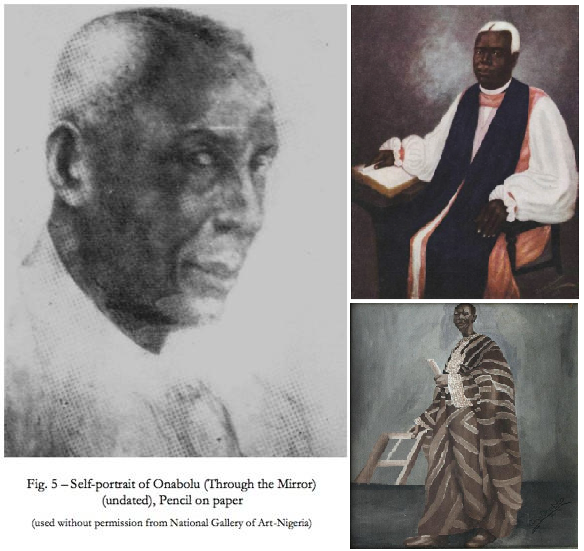
Aina Onabolu (1882–1963) was a pioneering Nigerian modern arts teacher and painter who was an important figure in the introduction of arts into the curriculum of secondary schools in the country. He was also the major figure in Nigeria that promoted the drawing of environmental forms in a verisimilitudinous style and was known for his early modern work in portraiture.
Aina Onabolu was born in Ijebu-Ode in 1882. His father was a successful merchant and his mother was also a trader. He started painting at the early age of 12, inspired by the cheap re-produced illustrations of Western arts which were prominent in many Nigerian magazines and religious books. By the age of 32, he was able to exhibit his own works and was quite popular as a knowledgeable and skilled artist. He later travelled abroad to study art at Académie Julian in Paris and at a school in London; before his sojourn abroad, he was already a competent and self-taught draftsman. He completed his studies with a diploma in fine arts and a teacher's certificate from St. John Woods College, London in 1922.
In 1909, when the colonial government in Nigeria took control of formal education, the curriculum in the schools was geared towards the provision of suitable education to train clerk position clerks for the colonial Administration government administration. Little was thought of arts education in secondary education until a report recommended the teaching of native indigenous hand craft. Prior to the report, Onabolu had formally presented requests for the introduction of modern arts education in secondary schools but his option was rejected by the colonial education officers. During the time, there were implicit suggestions by the colonial officers that the natural limits of Africans was in pottery and craft.
Onabolu's return from St John Woods, London, in 1922 and Julians academy in Paris and his acquired knowledge of the European technique of painting, anatomy and the characteristics of European art education coincided with a new perspective on introducing indigenous art education in the country. Onabolu, who had taught informally to enthusiastic students began teaching in a few top schools in Lagos such as King's College, Lagos and CMS Grammar School, Lagos. His themes dealt primarily with the science of perspective, drawing and human proportions and watercolor painting. Though there were few teachers on western techniques in art, Onabolu's period started the separation of art and life.
Onabolu also encouraged the adoption of European teachers in art instruction in the country. His effort led to the hiring of a foreign art teacher named Kenneth Murray. Murray led a gradual re-awakening of traditional handicraft and arts. The new approach of promoting indigenous African arts and staying within the native repository of knowledge in traditional African arts was introduced into the curriculum of various secondary schools in the country. The efforts of the new instructor yielded early dividends, as the number of Nigerian art instructors increased and knowledge of traditional works such as the Uli body and wall became more pronounced. However, Murray's effort meant little in the long run as the country was in the midst of a colonial and Western government which introduced its own way or life, leading to a gradual shift in the society from traditional to a Western culture.
The major figures in his work were Lagos elites who were successful professionals in their field of work, and his work usually depicted a countenance of respect, achievement and status of his clients. However, his work was not limited to portraiture. In the 1930s, he worked with the Church of Christ in designing the pews of a new cathedral to be built in Lagos. He later produced pastel compositions and studies in the 1940s.
Aina Onabolu

Aina Onabolu (1882–1963) was a pioneering Nigerian modern arts teacher and painter who was an important figure in the introduction of arts into the curriculum of secondary schools in the country. He was also the major figure in Nigeria that promoted the drawing of environmental forms in a verisimilitudinous style and was known for his early modern work in portraiture.
Aina Onabolu was born in Ijebu-Ode in 1882. His father was a successful merchant and his mother was also a trader. He started painting at the early age of 12, inspired by the cheap re-produced illustrations of Western arts which were prominent in many Nigerian magazines and religious books. By the age of 32, he was able to exhibit his own works and was quite popular as a knowledgeable and skilled artist. He later travelled abroad to study art at Académie Julian in Paris and at a school in London; before his sojourn abroad, he was already a competent and self-taught draftsman. He completed his studies with a diploma in fine arts and a teacher's certificate from St. John Woods College, London in 1922.
In 1909, when the colonial government in Nigeria took control of formal education, the curriculum in the schools was geared towards the provision of suitable education to train clerk position clerks for the colonial Administration government administration. Little was thought of arts education in secondary education until a report recommended the teaching of native indigenous hand craft. Prior to the report, Onabolu had formally presented requests for the introduction of modern arts education in secondary schools but his option was rejected by the colonial education officers. During the time, there were implicit suggestions by the colonial officers that the natural limits of Africans was in pottery and craft.
Onabolu's return from St John Woods, London, in 1922 and Julians academy in Paris and his acquired knowledge of the European technique of painting, anatomy and the characteristics of European art education coincided with a new perspective on introducing indigenous art education in the country. Onabolu, who had taught informally to enthusiastic students began teaching in a few top schools in Lagos such as King's College, Lagos and CMS Grammar School, Lagos. His themes dealt primarily with the science of perspective, drawing and human proportions and watercolor painting. Though there were few teachers on western techniques in art, Onabolu's period started the separation of art and life.
Onabolu also encouraged the adoption of European teachers in art instruction in the country. His effort led to the hiring of a foreign art teacher named Kenneth Murray. Murray led a gradual re-awakening of traditional handicraft and arts. The new approach of promoting indigenous African arts and staying within the native repository of knowledge in traditional African arts was introduced into the curriculum of various secondary schools in the country. The efforts of the new instructor yielded early dividends, as the number of Nigerian art instructors increased and knowledge of traditional works such as the Uli body and wall became more pronounced. However, Murray's effort meant little in the long run as the country was in the midst of a colonial and Western government which introduced its own way or life, leading to a gradual shift in the society from traditional to a Western culture.
The major figures in his work were Lagos elites who were successful professionals in their field of work, and his work usually depicted a countenance of respect, achievement and status of his clients. However, his work was not limited to portraiture. In the 1930s, he worked with the Church of Christ in designing the pews of a new cathedral to be built in Lagos. He later produced pastel compositions and studies in the 1940s.
Artist on Focus
Aina Onabolu

Aina Onabolu (1882–1963) was a pioneering Nigerian modern arts teacher and painter who was an important figure in the introduction of arts into the curriculum of secondary schools in the country. He...
[Continue reading]
Mike Omoighe

Michael Akhaine Osebhajimete Omoighe (born October 11, 1958 in Nigeria) lives in Lagos, Nigeria; he is a Nigerian painter, curator, art critic and teacher of art.
Mike Omoighe studied a...
[Continue reading]
Abiodun Olaku
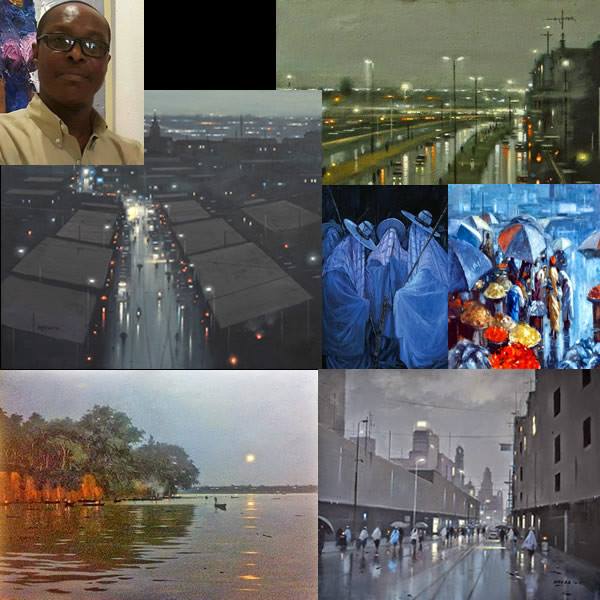
Born in Lagos, Nigeria, Abiodun Olaku is the most accomplished master of the illuminated landscape in Nigerian art. Two years before the country gained its independence from colonial rule in 1960, O...
[Continue reading]
Solomon Wangboje
Solomon Wangboje (Graphic artist and Art educator) 1930-1998.
Solomon Irein Wangboje was born in 1930, in Edo State of Nigeria. He first trained as an artist in 1959 at the former Niger...
[Continue reading]
Abayomi Barber
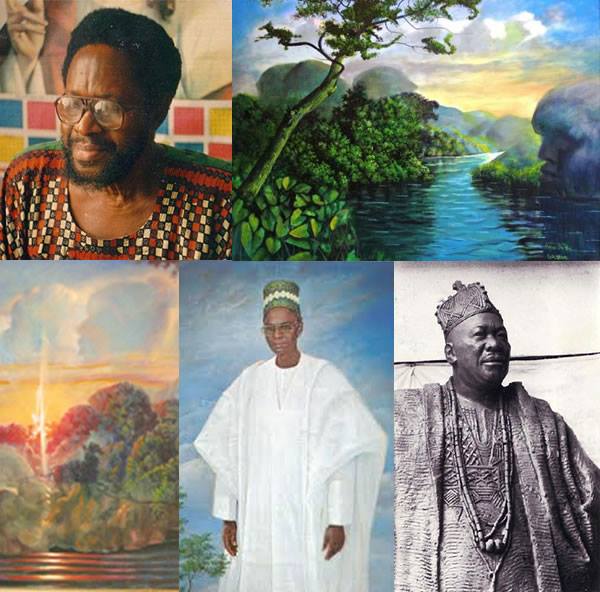
Abayomi Barber is widely considered as a foremost Nigerian “Master”. As a painter and sculptor, Barber has created some of the most iconic pieces in Nigerian art. His works can be found in monumen...
[Continue reading]
KOLADE OSHINOWO
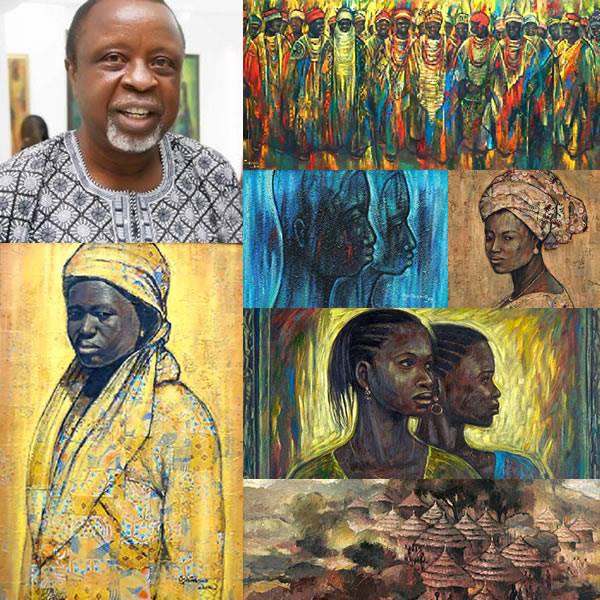
Although an indigene of Ikorodu in Lagos State, he was born in Ibadan, Oyo State capital on the 6th of February, 1948.
He had his primary and post primary education in Ibadan and Abeoku...
[Continue reading]
Dele Jegede
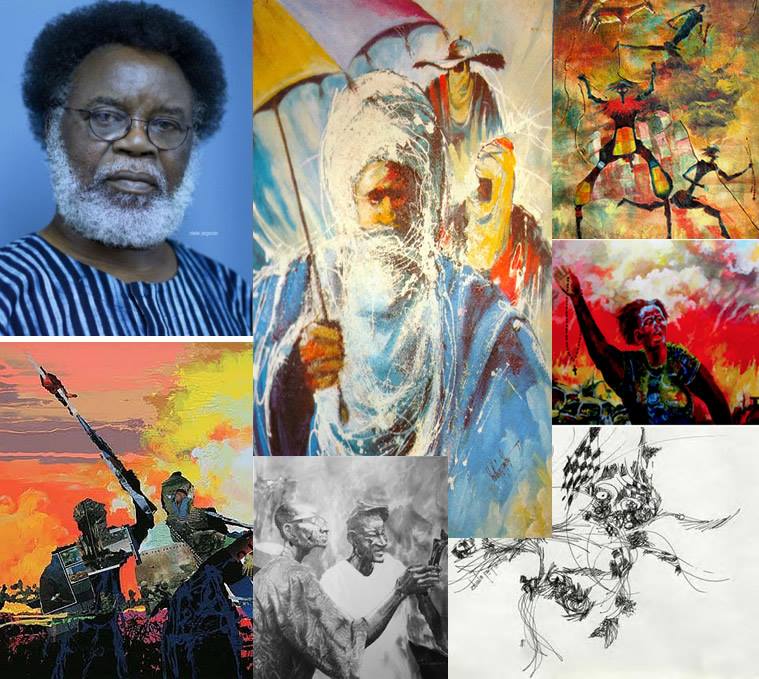
Dr. dele jegede, Professor Emeritus of Miami University, Oxford, Ohio, has over four decades of experience as artist, art historian, painter, cartoonist, art critic, curator, and art administrator.
[Continue reading]
Uche Okeke
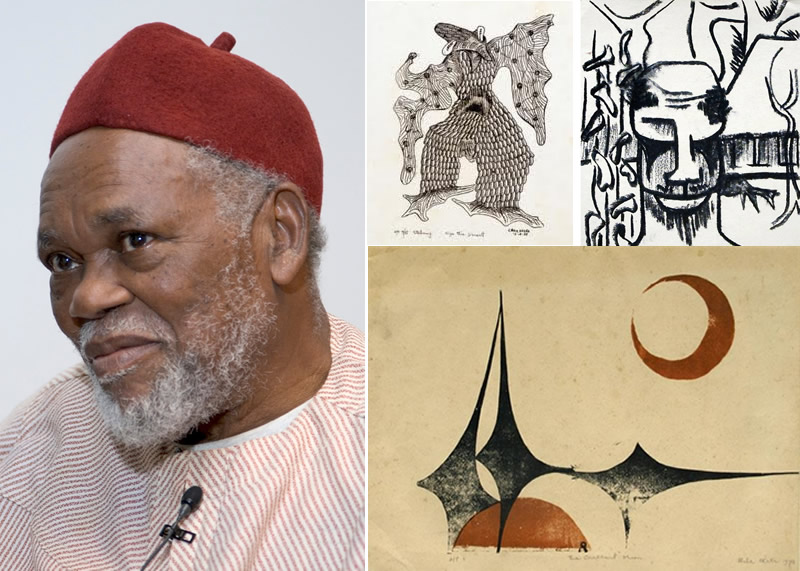
Christopher Uchefuna Okeke was born on 30 April 1933 in Nimo, Njikoka Local Government Area of Anambra State, Nigeria, to Isaac Okonkwo Okeke and Monica Mgboye Okeke (née Okoye). Between 1940 and 195...
[Continue reading]
[First Page] [Prev] Page 7 of 8 [Next] [Last Page]